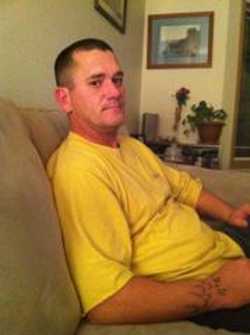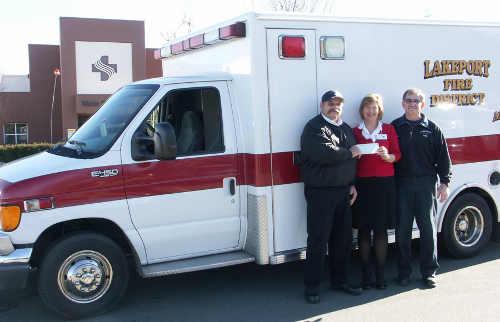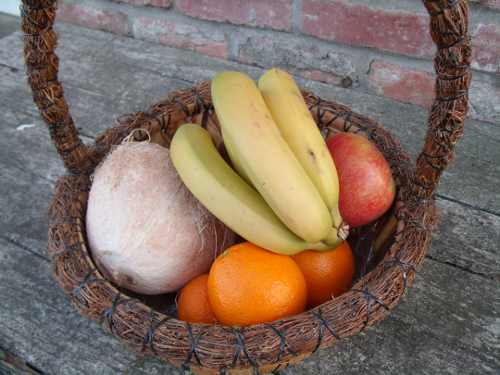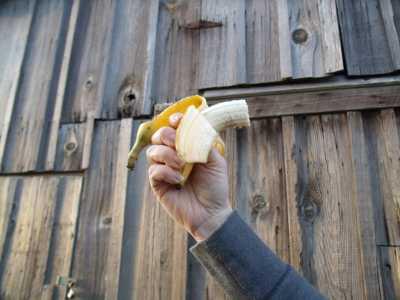- Lake County News Reports
- Posted On
Proposed AVAs move toward establishment
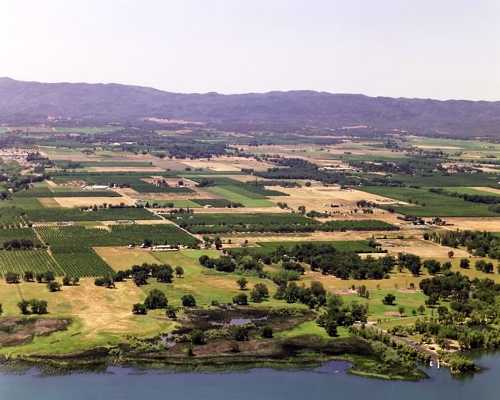
KELSEYVILLE, Calif. – Two proposed American Viticultural Areas (AVAs) in Lake County are a step closer to becoming established, the Lake County Winegrape Commission has learned.
Such designations can be very beneficial to the county’s wine industry, according to consultants who have been seeking the establishment of the AVAs.
The Alcohol and Tobacco Tax and Trade Bureau (TTB) of the U.S. Department of the Treasury recently informed the commission that it has completed its initial review of the petitions for the “Kelsey Bench – Lake County” and “Big Valley District – Lake County” AVAs.
In a letter dated Jan. 30, 1012, Gerald Isenberg, TTB director of the Regulations and Rulings Division, informed the commission that the petitions for establishment of the AVAs “meet TTB’s regulatory requirements for AVA petitions.”
The letter goes on to say that the TTB has determined that the petitions “contain sufficient supporting information for the TTB to proceed with rulemaking for the proposed AVAs.”
The news has given the commission hope for succeeding with this project, said Shannon Gunier, president of the Lake County Winegrape Commission.
There are more than 50 winegrape growers in the Big Valley area who stand to gain much deserved notoriety for their unique terroir if the AVA designation is obtained, she said.
The commission president noted that members of the organization, led by consultants Terry Dereniuk and Rick Gunier, have been working toward this goal for more than two years.
“We are thrilled that we got this far,” said Rick Gunier of CPI Marketing. “The fact that the TTB acknowledges we have written a worthwhile argument for these AVAs is the first big hurdle. Although we still have to remain optimistic (that final approval will occur), this step goes a long way in recognizing that Big Valley and Kelsey Bench are distinctive AVAs from which premium wines are produced.”
There are several advantages to establishing an AVA, according to Dereniuk, commenting on the news from the TTB.
She said she sees each of the AVAs as providing benefits on three levels.
The first is to the winegrape grower. Because an AVA defines the distinguishing features of an area, the farmer growing grapes within the AVA “will have more of a story to tell,” she said. That AVA allows the grower to define his or her story and “tie it to the land.”
The second level of benefit is for the winery that uses grapes from the AVA. With the winery, the message or story is “amplified” and the winery can use it to distinguish itself from other wineries “down the road.”'

The consumers make up the third level of benefit, said Dereniuk. “They want to know where their food, and that includes wine, comes from,” she said, “not only from the perspective of food safety and sustainability but also about the unique characteristics that define grapes grown in a particular AVA.”
“After 20 years of growing premium winegrapes, the two areas are finally getting the recognition they deserve with their unique attributes,” Rick Gunier noted, “the Big Valley region with its fertile soil from the old lake bed and the Kelsey Bench region with its rich volcanic soil resulting from some of the most recent flow from Mount Konocti.”
The attributes are detailed in one of the Talking Points brochures created by the commission.
It states, “Big Valley’s mix of gravel, clay and loam, bright sunlight from the 1,400 feet elevation, and cool nights produces remarkable Sauvignon Blancs, establishing Lake County as one of the premier California regions for the varietal. Volcanic Kelsey Bench and the gravel seams in Big Valley produce intense and balanced Zinfandels and Cabernet Francs. Big Valley growers were among the first visionaries to discover the region’s winegrape potential and began planting vineyards in the 1960s, the first in Lake County since Prohibition.”
An added benefit to the designation, says Rick Gunier, is that as Lake County winegrape acreage approaches 9,000 acres, future wines that carry the Big Valley – Lake County and Kelsey Bench – Lake County AVA distinction will help sub-appellate wines get the credit they deserve.
Lake County is currently home to the Red Hills Lake County Appellation, the High Valley Appellation, Guenoc Appellation and Lake County/Clear Lake Appellation.
An appellation is “a winegrowing region with officially recognized boundaries,” states information on the Appellation America Web site, http://wine.appellationamerica.com.
An American Viticultural Area is one of three classes of appellations. The Web site notes there are 311 officially recognized wine growing regions in North America, of which only 191 are AVAs in the United States.
Additional information about Lake County appellations and the winegrape industry can be found on the Lake County Winegrape Commission Web site, www.lakecountywinegrape.org.
Follow Lake County News on Twitter at http://twitter.com/LakeCoNews, on Tumblr at www.lakeconews.tumblr.com, on Google+, on Facebook at www.facebook.com/pages/Lake-County-News/143156775604?ref=mf and on YouTube at www.youtube.com/user/LakeCoNews .

 How to resolve AdBlock issue?
How to resolve AdBlock issue? 
